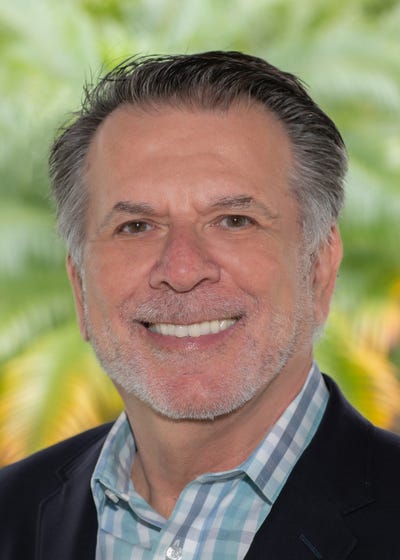The Brilliance of the Ideal 401(k) PlanThe Brilliance of the Ideal 401(k) Plan
And why plan sponsors still resist.

Now that auto enrollment has been codified and endorsed in SECURE 2.0, it’s time to reflect on the Ideal Plan ushered into the 401(k) and 403(b) psyche by esteemed professors Richard Thaler and Shlomo Benartzi and the 2006 Pension Protection Act and how it has enabled defined contribution plans to match the accumulation phase of defined benefit plans. So why do most employers, especially smaller ones, still resist it? SECURE Act provides advisors with a great opportunity to renew the discussion.
The Ideal Plan grew out of live research conducted in the first 90 TPSU programs— plan sponsors were asked how they would design their plan if they could start all over again. The features are simple and mirror the research and teachings of Thaler and Benartzi which include:
Auto enrollment – Not just for new but all employees not participating. TPSU attendees did not go so far as sweeping everyone into the default option. The group recommended 5%-6% deferral rates though new research by Benartzi shows little difference in opt out rates for 7%.
Auto escalation – Auto enrollment without auto escalation, as one TPSU lecturer put it, is like peanut butter without jelly. One percent annually was recommended by TPSU attendees, capped at 12%.
Stretching the match – While only auto enrollment has proven to address low participation, the match can affect deferral rates. Our group first recommended the match be put into dollars rather than percentages, which most people do not understand. So if the plan wants employees to save more than 6%, stretch the match to 25% of 12%.
Default option – The group recommended target date funds or managed accounts. Personalization as well as retirement income becomes more important as people get closer to retirement.
The result for a person making $45,000 at 30 years old with a 2% salary increase, 7% annualized returns and 3% match in the Ideal Plan is close to $1 million while that same worker in a sample plan with 3% and no match is $250,000. The Ideal Plan replaces 50% of income at retirement, which is all that could be expected in a defined benefit plan.
Over the next 500 TPSU, rather than repeat the research, we showed plan sponsors the Ideal Plan and asked, “Why not? What issues do you have with it or resistance you think you might encounter?”
There are legitimate concerns which include:
Costs – If there is a match, auto enrollment will increase costs. We asked plan sponsors to quantify it before they dismiss the notion and, if still too much, lower the match. If the match is stretched, the costs will be lower.
Small account balances – If there is significant turnover, the plan could be creating a lot of low balance accounts, which makes the plan expensive to administer. The solution is to start auto enrollment after most short-term employees separate.
Increased work – The Ideal Plan requires less work because everyone is automatically enrolled but only if there is 360 degree payroll integration or, better yet, smart HRIS software.
Match – By stretching the match those maxing at 6% out will have to double their contributions. Some employers with lower paid workers balk at 12% so it might be better to start at 33% of 9%.
Some HR people say senior management does not want to be paternalistic and force people to save for retirement. The reality is that most workers, especially younger ones, expect their employer to automatically enroll them into the plan. The Ideal Plan can be a powerful recruiting and retention tool while hiring new workers is challenging.
It’s recommended that plans start with one feature at a time and, rather than show national averages of, look at what the 10-15 competitive employers most like them are doing. No one wants to be a laggard.
Some say the Ideal Plan devalues retirement plan advisors but like everything in the DC world, features must be sold so the advisor’s role is not just an advocate to get the auto features adopted, it is to communicate and implement them with other benefits like student loan debt and emergency savings.
DC plans have been a great social experiment with 110 million accounts and close to $10 trillion, over $21 trillion if IRAs are included, which usually start in DC plans. The Ideal Plan solves one half of the retirement savings issues while the next hurdle, retirement income, might be harder to address. But the workplace has proven to be a great way to help people that cannot afford a personal financial advisor or do not want one to not just save for retirement but also handle other financial issues through the implementation of behavioral finance.
SECURE 2.0, like the 2006 Pension Protection Act, could begin a new phase of innovation as well as a way for RPAs to really help clients and differentiate themselves.
Fred Barstein is founder and CEO of TRAU, TPSU and 401kTV.
About the Author
You May Also Like







